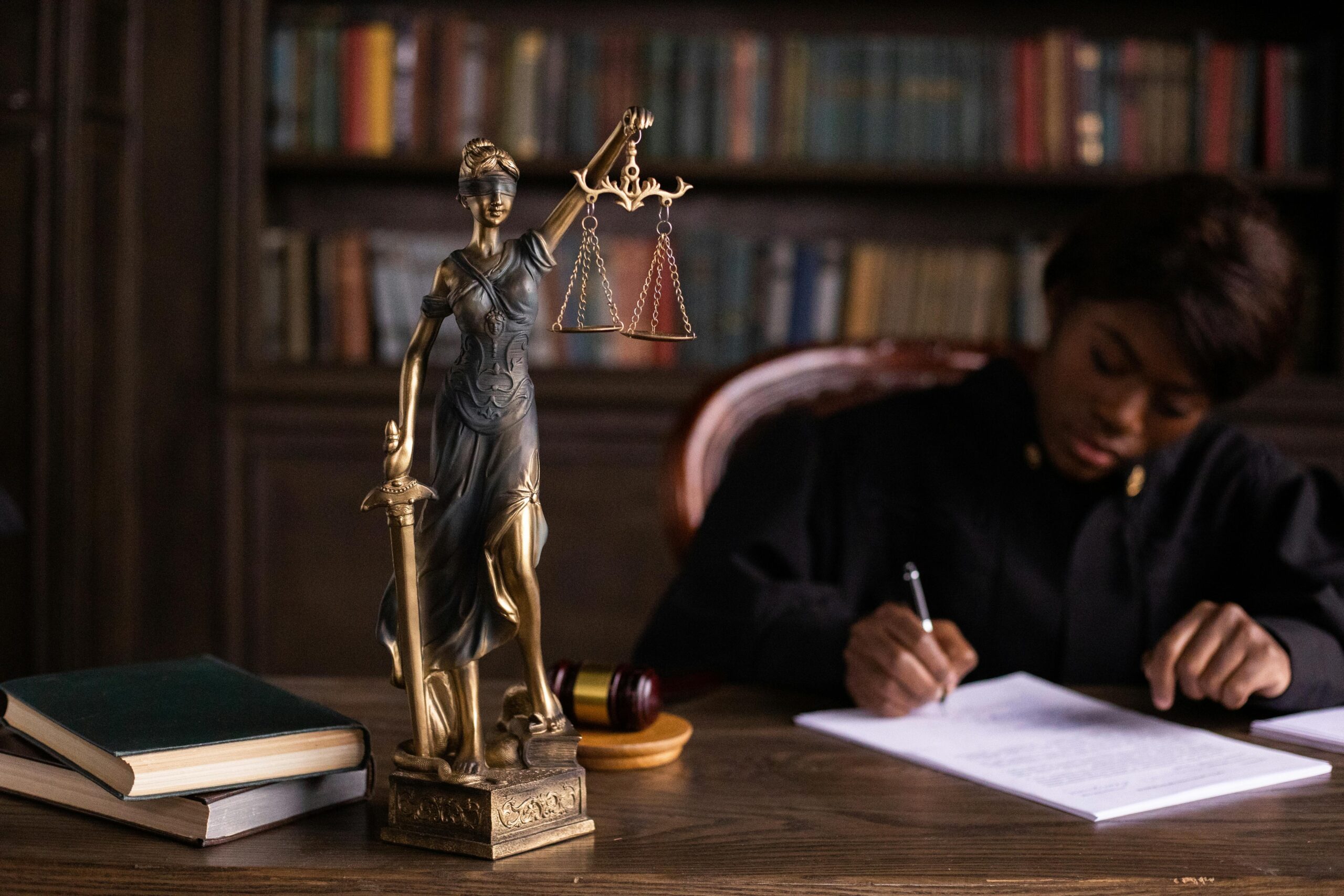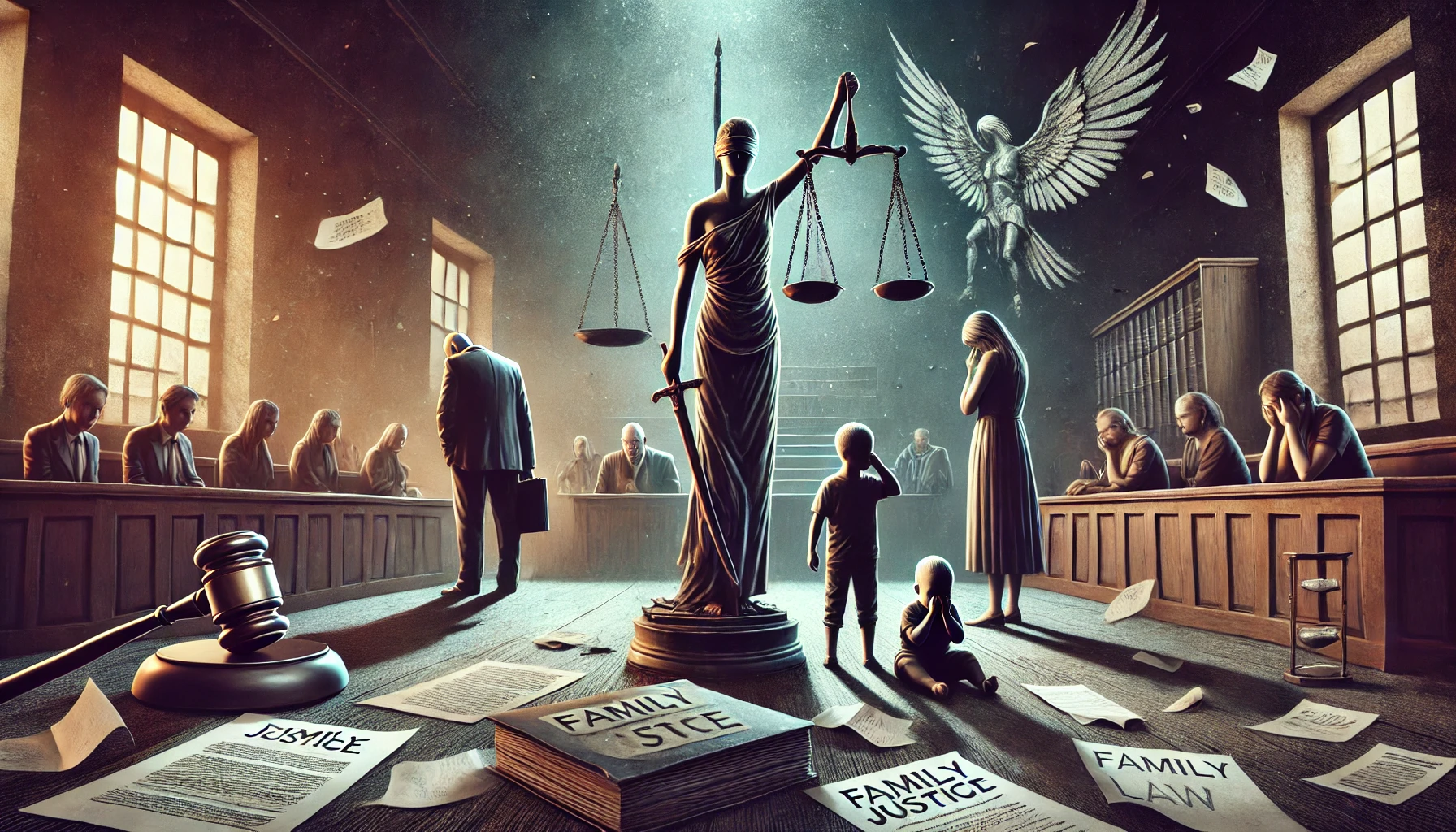Authored By: Suparna Das
Sister Nivedita University
ABSTRACT
The struggle for LGBTQ+ rights has been a long and challenging journey marked by systemic discrimination and legal exclusion. In India, the LGBTQ+ community—once criminalized and marginalized—has gradually gained recognition and constitutional protection through judicial activism, grassroots advocacy, and progressive interpretations of fundamental rights, most notably in the landmark Navtej Singh Johar v. Union of India case. Similarly, on a global scale, including in the United States, LGBTQ+ individuals continue to face structural and interpersonal discrimination, exacerbated by legislative gaps and rising anti-LGBTQ+ rhetoric. Despite proactive steps by governments, such as the Biden-Harris administration’s efforts to strengthen federal protections, regressive state-level actions threaten to undermine progress. This study explores the legal evolution, judicial role, and ongoing challenges in advancing LGBTQ+ rights, while offering recommendations to foster equality and societal acceptance.
INTRODUCTION
For many years, India’s legal framework remained quiet regarding the rights and acknowledgment of the LGBTQ+ community. Influenced by colonial-period values and traditional social beliefs, same-sex relationships were considered abnormal and subject to punishment under Section 377 of the Indian Penal Code, 1860. The lack of legislative and constitutional recognition maintained ongoing cycles of social stigma, unfair treatment, and hostility toward people with diverse sexual orientations and gender expressions.
Nevertheless, the constitutional guarantee of justice, fairness, and freedom found in Articles 14, 15, and 21 established the foundation for revolutionary judicial understanding. The transformation from silence to acknowledgment is most clearly shown through groundbreaking court decisions that redefined basic rights according to constitutional principles. This study explores these aspects, charting the legal progression of LGBTQ+ rights in India.
LEGAL FRAMEWORK
Article 14 – Equality Before Law And Equal Protection
Article 14 of India’s Constitution establishes that “the State shall not deny to any person equality before the law or the equal protection of the laws within the territory of India.” This provision serves as the foundation of India’s equality framework, preventing unfair and biased categorizations. During the Navtej Singh Johar case, the Supreme Court determined that Section 377 unfairly targeted a group of individuals purely because of their sexual orientation, thus breaching Article 14. The Court stressed that legislation based on colonial moral standards could not survive scrutiny under contemporary constitutional equality principles.
Article 15 – Anti-Discrimination Provisions
Section 15(1) prevents the government from treating citizens differently based on religious beliefs, ethnicity, caste, gender, or birthplace. Initially, “gender” was understood within a traditional male-female binary. Nevertheless, court decisions have broadened this interpretation to encompass gender identity and sexual preferences. The Navtej Johar case established that prejudice against LGBTQ+ people fundamentally constitutes gender-based bias, thus placing them under Article 15’s protection.
Article 21 – Protection of Life and Individual Freedom
Section 21 ensures that “no individual may be stripped of life or freedom unless through lawful procedures.” This right’s interpretation has considerably broadened, especially regarding the fundamental relationship between existence, respect, and self-determination. The Supreme Court’s decision in Justice K.S. Puttaswamy v. Union of India (2017) established privacy as an element of Article 21. This ruling provided the groundwork for legalizing homosexual relationships, maintaining that privacy and individual choice constitute the essence of human respect and freedom.
Constitutional Principles – The Fundamental Framework
Constitutional principles involve following the Constitution’s essential values: freedom, equality, brotherhood, and respect. These principles require minority protection even when social attitudes display bias and antagonism. In Navtej Johar, the Supreme Court applied constitutional principles to overturn Section 377, confirming that constitutional values must override popular opinion. The decision acknowledged that social standards frequently marginalize those outside heterosexual norms and emphasized the Constitution’s responsibility to safeguard such persons.
JUDICIAL INTERPRETATION
Naz Foundation v. NCT of Delhi (2009) : This groundbreaking Delhi High Court ruling initially overturned Section 377 regarding consensual adult homosexual behavior. The Court determined the statute breached Articles 14, 15, and 21, acknowledging sexual preference as inherent and unchangeable. Though hailed as a milestone in LGBTQ+ legal history, the Supreme Court reversed this decision in Suresh Kumar Koushal v. Naz Foundation (2013), restoring Section 377 and characterizing LGBTQ+ individuals as an insignificant minority lacking constitutional rights—a position that sparked extensive condemnation.
NALSA v. Union of India (2014) : Through this forward-thinking ruling, the Supreme Court acknowledged transgender individuals as a third gender category and supported their self identification rights. The Court declared gender identity as integral to personal dignity and independence, safeguarded by Article 21. The NALSA decision represented a pivotal moment, recognizing non-binary identities and requiring positive actions for community advancement.
Justice K.S. Puttaswamy v. Union of India (2017) : Through establishing privacy as a fundamental right, the Supreme Court recognized sexual orientation as a crucial privacy component. This decision facilitated the Navtej Johar ruling by explicitly rejecting portions of the Suresh Koushal decision that had refused LGBTQ+ individuals such protection.
Navtej Singh Johar v. Union of India (2018) : This unanimous decision by five judges created a constitutional milestone. The Court invalidated Section 377 regarding consensual adult same sex relationships. The ruling gained recognition for its compassionate approach, focus on constitutional principles, and dignity affirmation. The Court established that LGBTQ+ individuals deserve identical rights as other citizens and cannot face discrimination based on their identity.
DETAILED EVALUATION :
Although judicial acknowledgment of LGBTQ+ rights has extended constitutional protections, substantial disparities persist between legal declarations and practical implementation. Decriminalization, while essential, represents merely the initial phase toward genuine equality. The absence of formal rights regarding marriage, adoption, inheritance, and surrogacy continues preventing LGBTQ+ individuals from achieving complete citizenship status.
Additionally, social bias remains deeply rooted. Anti-LGBTQ+ attitudes persist across households, workplaces, educational institutions, and public areas. LGBTQ+ people regularly encounter harassment, social exclusion, and psychological difficulties. The lack of thorough anti-discrimination laws increases their susceptibility.
Legislative actions have been delayed and occasionally backward-moving. The Transgender Persons (Protection of Rights) Act, 2019, despite representing progress, has received criticism for restricting transgender autonomy through mandatory certification while failing to provide sufficient protection or positive measures.
RECENT DEVELOPMENTS:
- Transgender Persons (Protection of Rights) Act, 2019: Designed to secure transgender rights, this Act prohibits discrimination in education, employment, and healthcare. Critics point to unclear provisions, administrative obstacles in acquiring gender documentation, and insufficient positive measures.
- Same-Sex Marriage Legal Cases (2023): A Supreme Court constitutional panel examined various petitions requesting same-sex marriage recognition. Though the Court declined to grant marriage rights, it recognized the necessity for equal treatment and encouraged legislative action, reinforcing non-discrimination principles.
- Policy Changes: Several progressive state administrations have implemented gender neutral policies and transgender welfare programs. However, a unified national LGBTQ+ inclusion strategy remains missing.
RECOMMENDATION/ WAY FORWARD :
Converting constitutional recognition into significant social change requires these essential actions:
- Create Comprehensive Anti-Discrimination Legislation: A national law must ban discrimination based on sexual orientation and gender identity across employment, education, healthcare, housing, and public services.
- Legal Recognition for Same-Sex Partnerships: Providing civil union or marriage rights to same-sex couples will ensure equality in personal laws, inheritance, taxation, and spousal benefits.
- Community Education and Awareness: Government campaigns, media initiatives, and educational programs should advance LGBTQ+ inclusion and challenge discriminatory attitudes.
- Comprehensive Educational Content: Including LGBTQ+ subjects in academic curricula will help eliminate prejudices and develop understanding from childhood. • Enhanced Legal Support Services: LGBTQ+ individuals experiencing violence or
discrimination need access to free, confidential, and skilled legal assistance. • Positive Action Programs: Institutional support measures should be implemented for LGBTQ+ persons, particularly transgender individuals, in education, government employment, and social programs.
CONCLUSION
LGBTQ+ rights recognition in India has developed through the dynamic relationship between constitutional protections and bold judicial decisions. Historic cases like Navtej Johar have returned dignity and independence to a historically marginalized community. However, constitutional promises remain incomplete until these rights achieve full realization through legislative changes, policy developments, and social evolution.
A genuinely inclusive democracy requires not only decriminalization but also equal opportunities, formal recognition, and community acceptance. The journey continues, but through sustained dedication to constitutional principles and human rights, India can become a model of LGBTQ+ equality and justice.
BIBLIOGRAPHY
- Navtej Singh Johar v. Union of India, AIR 2018 SC 4321
- Naz Foundation v. Government of NCT of Delhi, 160 Delhi Law Times 277 • NALSA v. Union of India, AIR 2014 SC 1863
- Justice K.S. Puttaswamy (Retd.) v. Union of India, (2017) 10 SCC 1 • Constitution of India – Art.14,15, 21
- Transgender Persons (Protection of Rights) Act, 2019
- Indian Kanoon – Legal database
- Law Commission Reports
- Human Rights Watch India Reports
- National Human Rights Commission Guidelines on LGBTQ+ Rights





